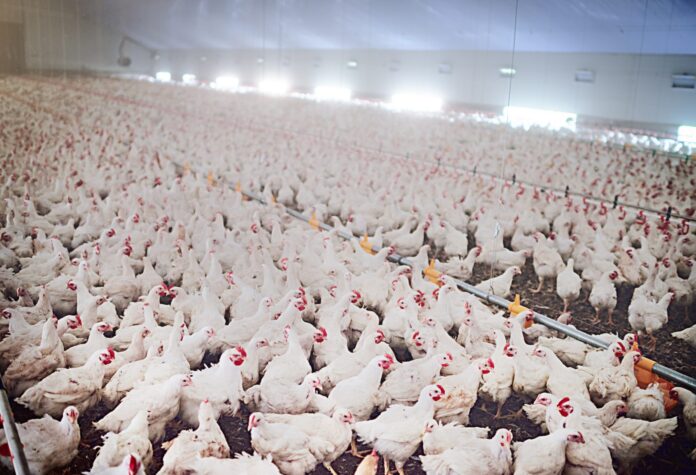AUBURN UNIVERSITY, Ala. – The Alabama Agricultural Stabilization Program (AASP) offers the state poultry growers an opportunity for compensation for losses incurred because of the COVID pandemic.
The Poultry Farmer Stabilization Grant Program, which is one element of the AASP, designates $4 million to assist growers. This assistance is intended for growers who experienced extended downtimes between flocks, decreased birds per flock or changes in target grow-out weights for birds and have not been compensated. Growers must apply online at the Alabama Department of Agriculture and Industries (ADAI) website (http://agi.alabama.gov/). The application window runs Oct.13 through Nov. 6.
Challenges faced
Dennis Brothers, an Alabama Cooperative Extension System agricultural economist, said the poultry industry experienced challenges from the pandemic.
“Contract poultry growers are typically insulated from many risks that a traditional livestock producer would incur – like market price swings and inventory challenges,” Brothers said. “However, COVID-19 presented challenges to all of the agricultural supply chain and contract poultry growers are no exception. Being highly leveraged operations on tight cash flows, any minor swing in their stable production cycle can cause major business financial problems.”
Adam Rabinowitz, who is also an Alabama Extension agriculture economist, said government support programs often leave out contract poultry growers. Initial USDA programs to support farmers excluded contract poultry growers and the Small Business Administration’s Paycheck Protection Program provided limited options.
“Contract growers get left out because of a misconception that not owning their birds insulates them from market and production impacts,” Rabinowitz said. “Contract growers are usually highly leveraged and are dependent upon the contracting company to supply the birds, the feed, veterinary services and general management support.”
Brothers added when a company feels market stresses that they may be passed down to contract growers.
“Growers may face increased down-time between flocks, fewer birds per flock and changes in target grow-out weights,” he said. “These can mean negative outcomes for contract growers and present real marketing and production risks to their operations.”
Grower survey
Rabinowitz said when the initial AASP protocols were announced, concerns arose that they were too limiting for poultry growers.
Alabama Extension, led by Rabinowitz and Brothers in collaboration with the Alabama Farmers Federation and Alabama Poultry and Egg Association, conducted a grower survey to gather data on contract grower losses from COVID-19. The ADAI modified the program supported by Extension’s data.
“The survey suggested 45 percent of breeder growers suffered negative impacts,” Rabinowitz said. “We estimate that 25 percent more poultry growers will be eligible for the program than before the modifications.”
Both Rabinowitz and Brothers agree that the state’s poultry growers will reap benefits from the Poultry Farmer Stabilization Grant Program.
“These relief funds can have significant impact to the growers who are a major part of Alabama’s largest agricultural industry,” Brothers said. “We know that integrators offer some assistance to growers, but this program will be important in cases where that assistance is less than the full loss or where no assistance was given.”




























